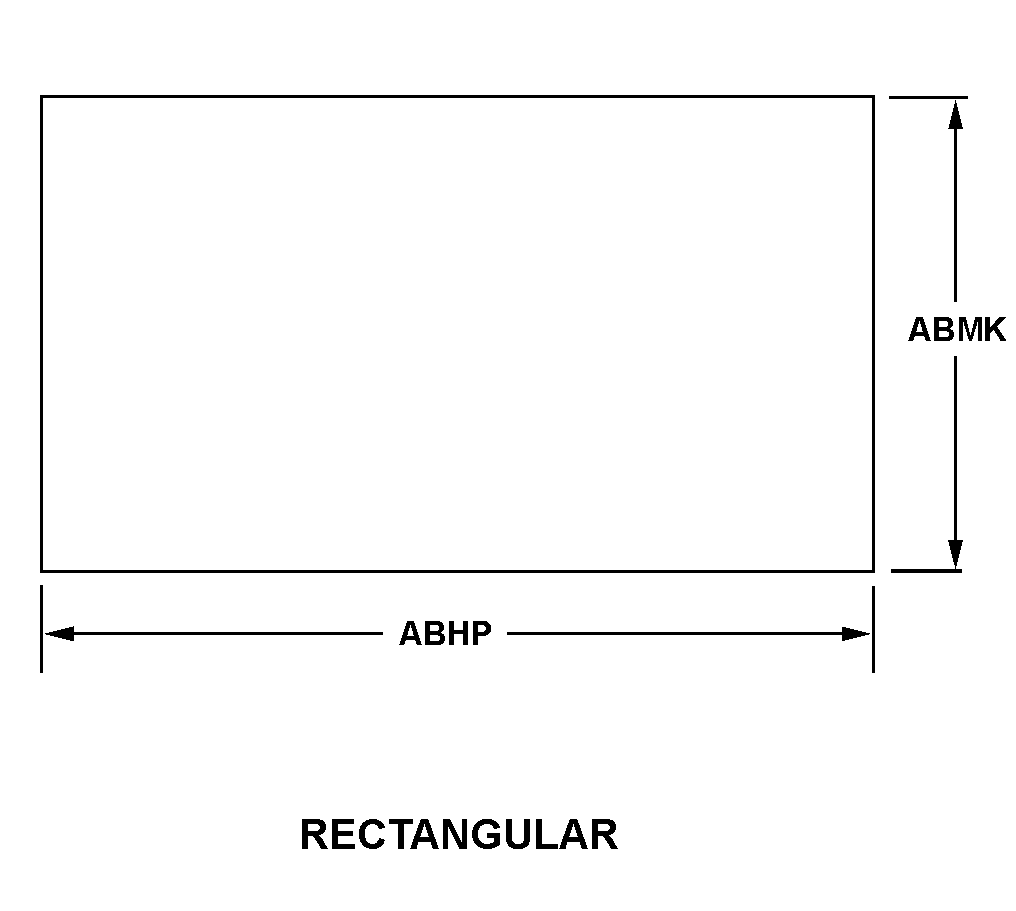5365015218192
Price Quote Get an up to date pricing and availability quote for this product. Order online or over the phone.
Quality Commitment
Serving our customers with quality and safety first.
- AS9120 Certified
- Audited supply chain
- ITAR Registered
- DDTC Registered
- HAZMAT Certified
- Customer service objectives
- Every product 100% inspected

5365-01-521-8192 Specification Set by the OEM (see RNCC code 3)
12.656in. and 12.718in. ⁓12-23/32"
200.0 deg fahrenheit
0.594in. and 0.656in.
0.062in.
C130-J, aircraft
21
0.003in.
laminated
aluminum alloy 1100
rectangular
Cross Reference Parts Part numbers that meet the specification outlined on this page and set by the OEM
Identification Item Identification Guide (IIG) and Item Name Code (INC)

Definition Definition of approved item name (AIN): "SHIM"
A thin flat metal or plastic item of various peripheral shapes having a solid or laminated cross-section. It is designed to maintain a predetermined distance between two surfaces. For round items without a hole and having a solid rectangular cross-section use disk, solid, plain. Items with either (1) a solid (not laminated) cross-section, or (2) a non-separable laminated cross-section with one hole centrally located, must have a thickness less than 0.006 inch (0.152 mm) for items less than 1/4 inch (6.35 mm) outside diameter or shortest distance across peripheral flats, and less than 0.016 inch (0.406 mm) for items 1/4 inch (6.35 mm) or more outside diameter, or shortest distance across peripheral flats. for items with thickness greater than those indicated above, see spacer, plate; washer, flat and spacer, ring. when thickness and/or outside diameter or shortest distance across peripheral flats is designated as a tolerance dimension, the maximum dimension will be used to determine compliance. See also shim stock, laminated; shim stock assortment, gasket; and bearing, washer, thrust.
5365-01-521-8192 Material Hazmat, Precious Metals, Criticality, Enviroment, and ESD
Indicates there is no data in the hmirs and the nsn is in a fsc not generally suspected of containing hazardous materials.
Item does not contain precious metal.
No known electrostatic discharge (esd) or electromagnetic interference (emi) sensitivity.
Represents items with no adp components
The item does not have a nuclear hardened feature or any other critical feature such as tolerance, fit restriction or application.
Identification Codes
HMIC: Hazardous Material Indicator Code. A one position code that identifies a hazardous item.
PMIC: Precious Metal Indicator Code. A one position code which identifies items that have precious metals as part of their content. precious metals are those metals generally considered to be uncommon, highly valuable, and relatively superior in certain properties such as resistance to corrosion and electrical conductivity.
ESD: Electrostatic Discharge. Indicates if an item is susceptible to electrostatic discharge or electromagnetic interference damage. electrostatic discharge damage occurs when an accumulation of static electricity generated by the relative motion or separation of materials is released to another item by direct contact. electromagnetic interference damage occurs when an item comes into proximity with an electrostatic or magnetic field.
ENAC: Enviromental Attribute Code. Identifies items with environmentally preferred characteristics.
CRITL: Criticality Indicator Code. Indicates an item is technically critical by tolerance, fit, application, nuclear hardness properties, or other characteristics.






